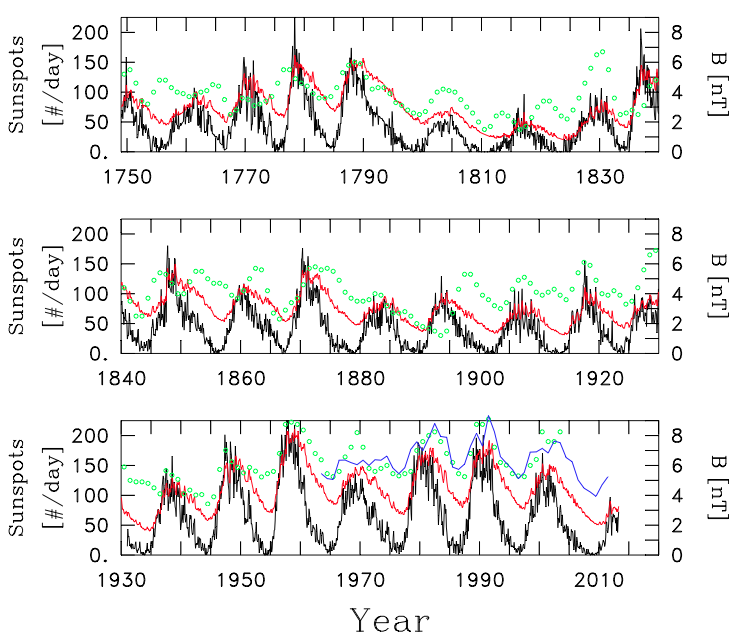What is C-SWEPA?
C-SWEPA provides tools for taking the critical next step in understanding Solar Energetic Particle (SEP) events and characterizing their hazards through physics-based modeling from the low corona through the inner heliosphere. It provides broad impacts by advancing discovery and understanding while also promoting teaching, training of graduate students, undergraduate involvement, and participation of under-represented groups. C-SWEPA enhances the infrastructure for research and education through development of computing capabilities for the science community. By advancing tools for understanding and predicting space weather, C-SWEPA provides important societal benefits enabling expansion of space technologies
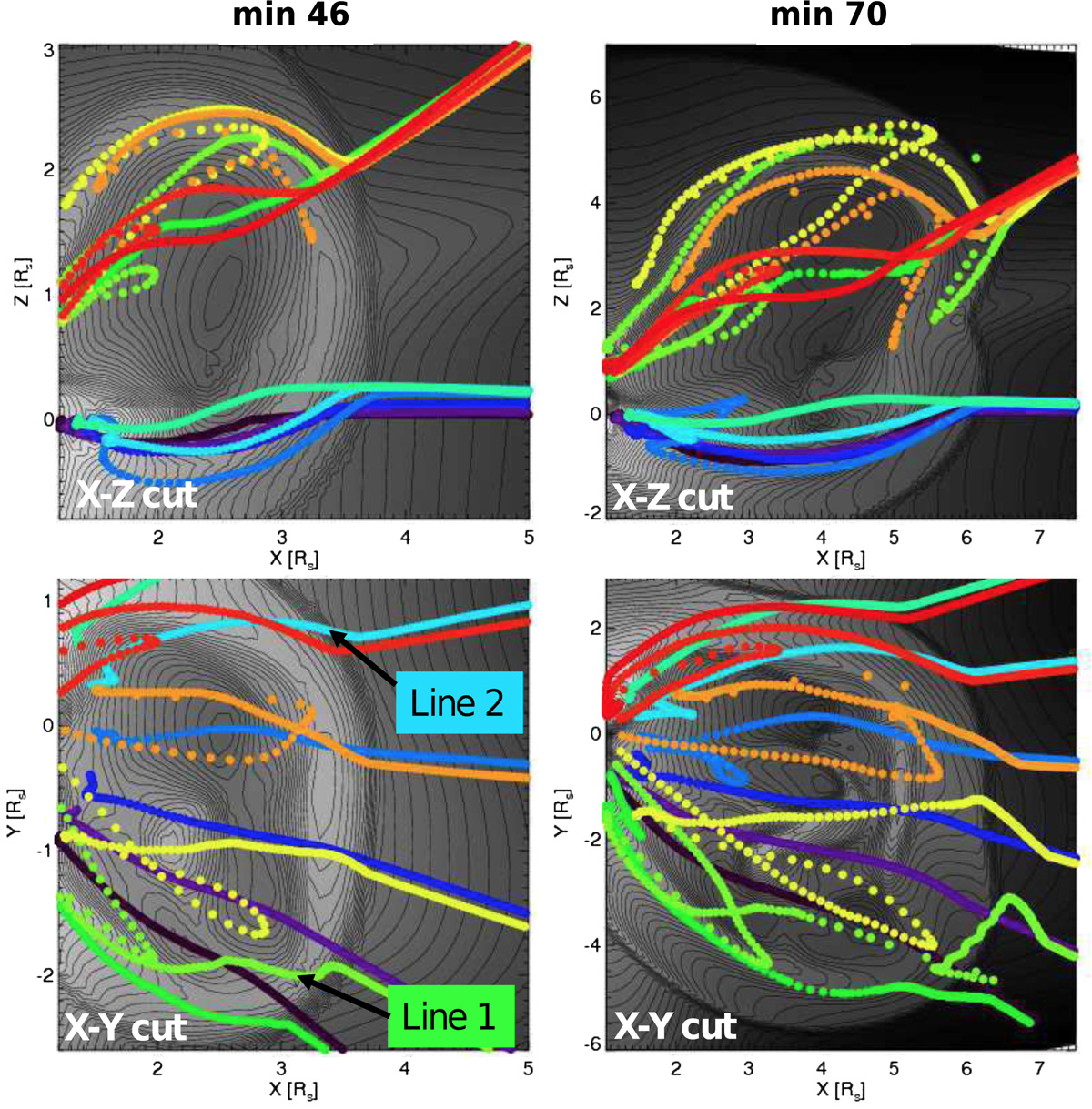
C-SWEPA
C-SWEPA’s central objective is to develop and validate a numerical framework of physics-based modules that couple the low corona and CMEs with solar wind, shocks, and particle acceleration.
RECENT PAPERS
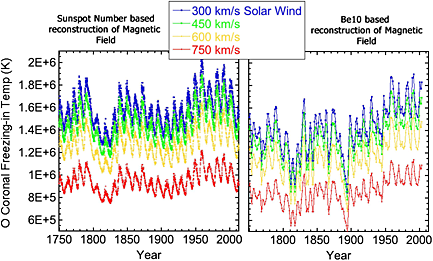
Recent in situ observations of the solar wind show that charge states (e.g., the O7+/O6+and C6+/C5+abundance ratios) evolved through the extended, deep solar minimum between solar cycles 23 and 24 (i.e., from 2006 to 2009) reflecting cooler electron temperatures in the corona. We extend previous analyses to study the evolution of the coronal electron temperature through the protracted solar minimum and observe not only the reduction in coronal temperature in the cycles 23–24 solar minimum but also a small increase in coronal temperature associated with increasing activity during the “mini maximum” in cycle 24...
View it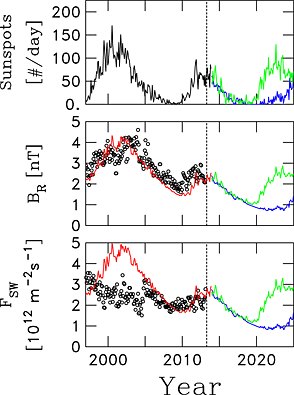
Recent papers have linked the heliospheric magnetic flux to the sunspot cycle with good correlation observed between prediction and observation. Other papers have shown a strong correlation between magnetic flux and solar wind proton flux from coronal holes. We combine these efforts with an expectation that the sunspot activity of the approaching solar minimum will resemble the Dalton or Gleissberg Minimum and predict that the magnetic flux and solar wind proton flux over the coming decade will be lower than at any time during the space age. Using these predictions and established theory, we also predict record high galactic cosmic ray intensities over the same years. The analysis shown here is a prediction of global space climate change within which space weather operates. It predicts a new parameter regime for the transient space weather behavior that can be expected during the coming decade.
View it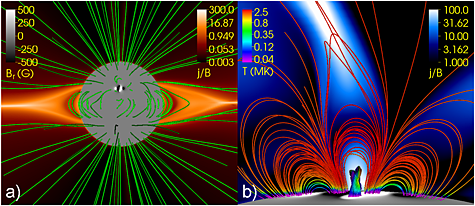
We provide here an example of diffusive shock acceleration from a fast CME from the low corona. The CME simulation employed for our analysis will be described in detail in a forthcoming publication (Torok et al., in preparation). Here we restrict ourselves to a brief summary of its main properties.
View it
